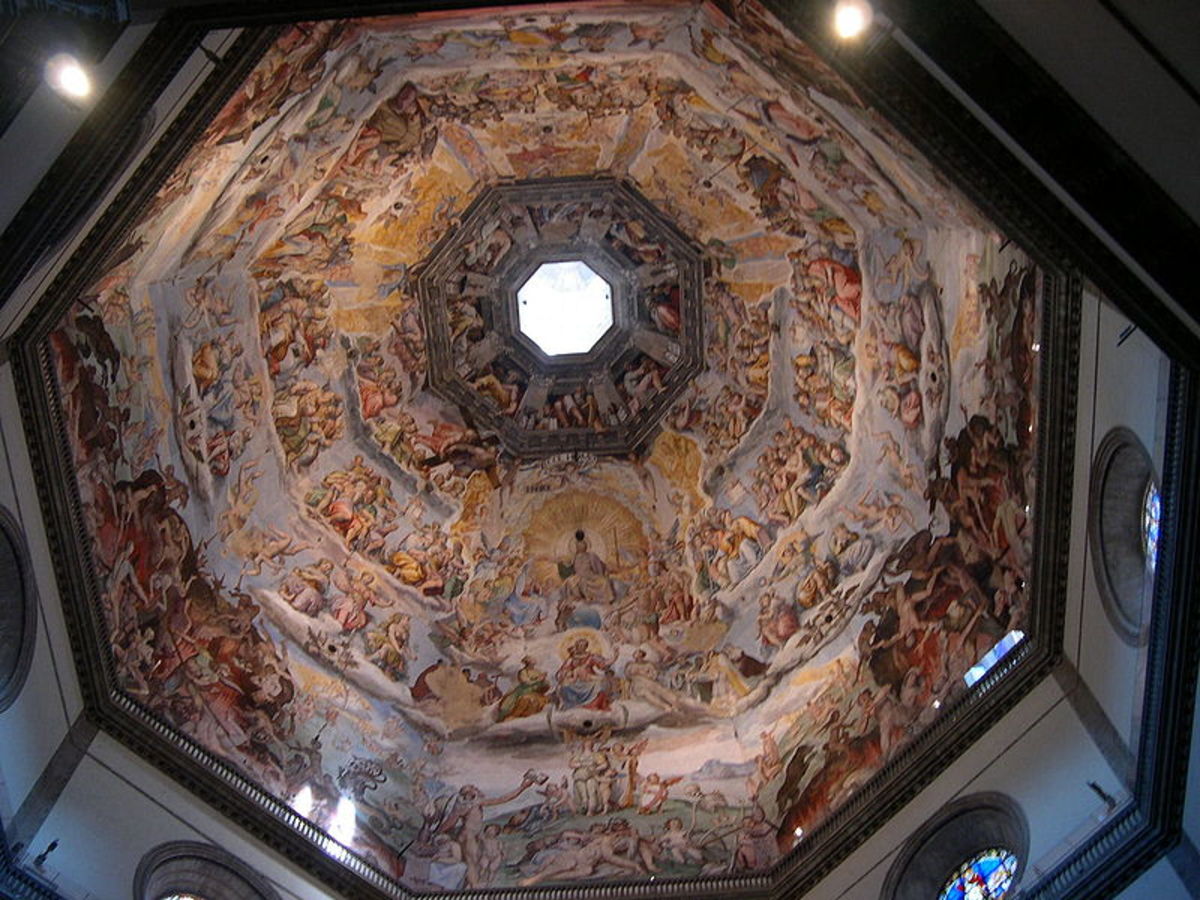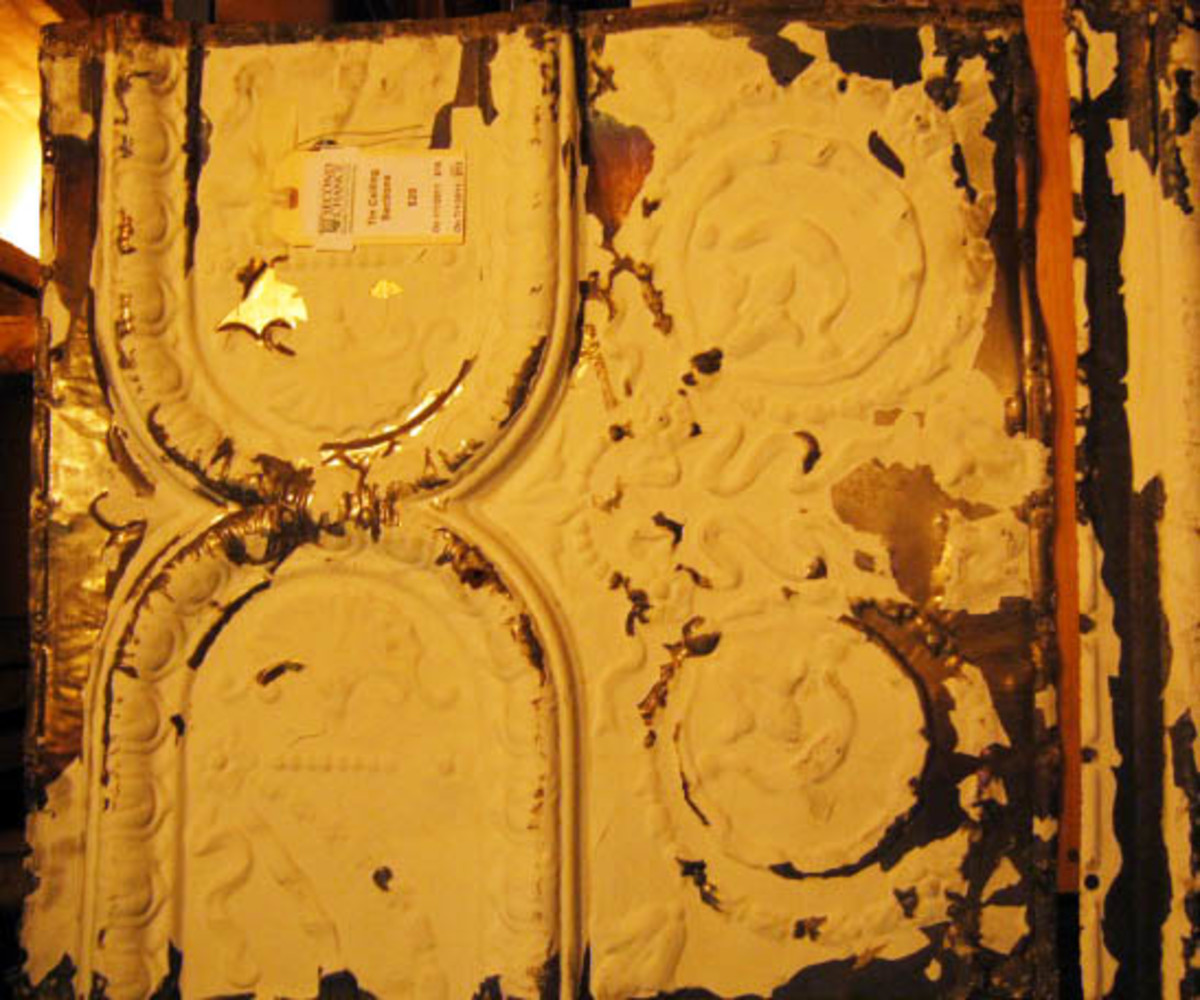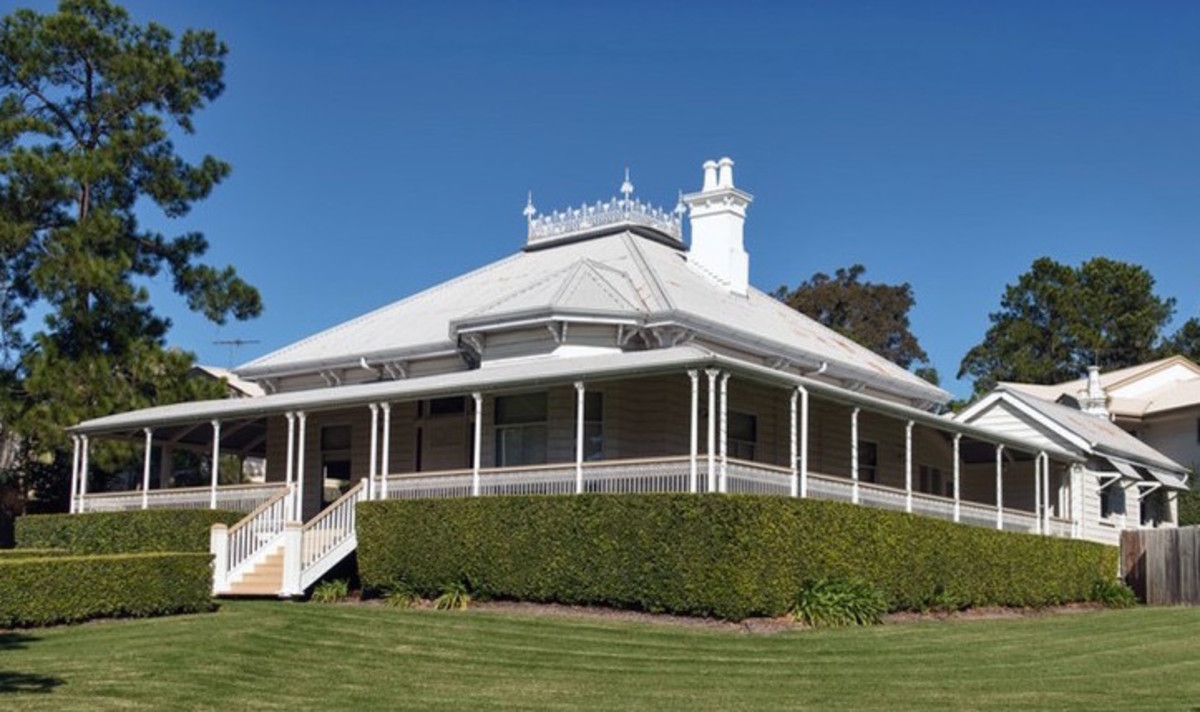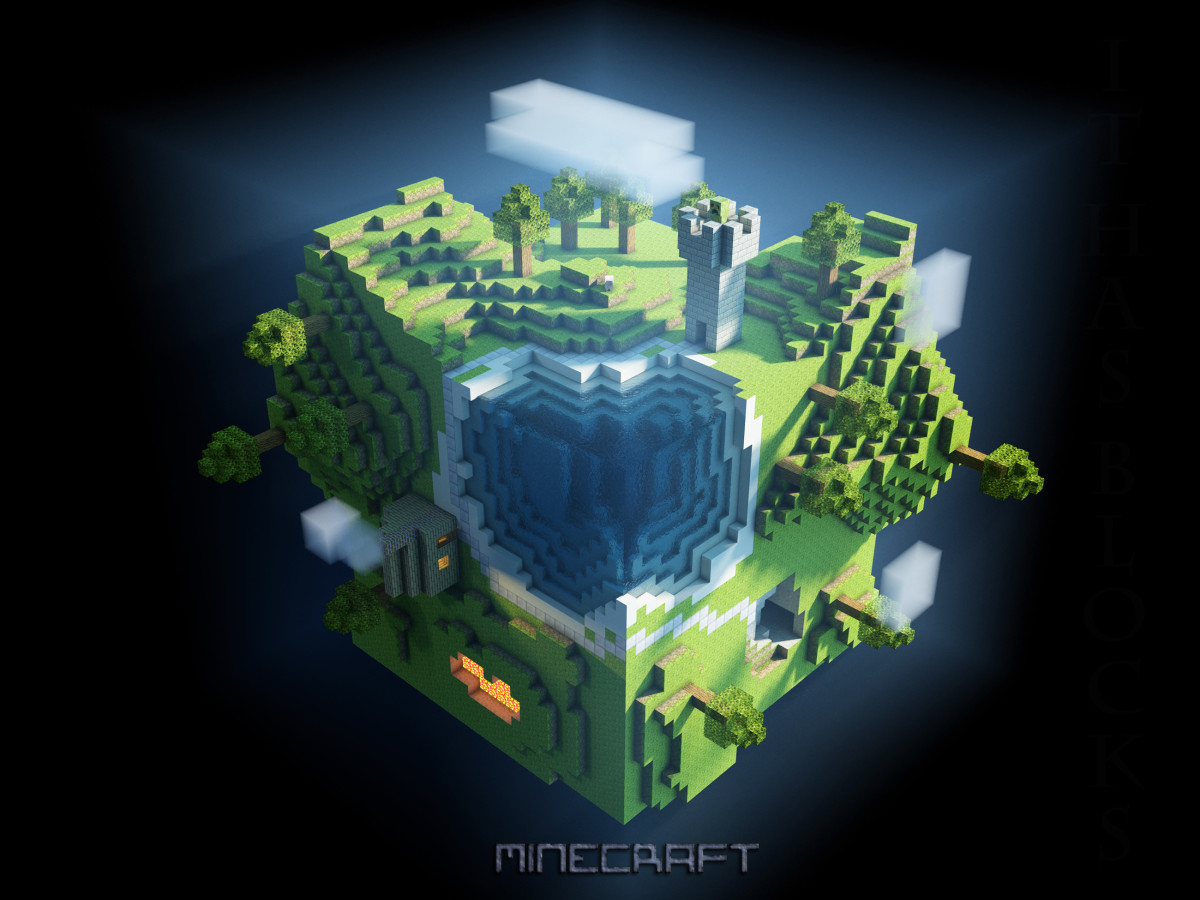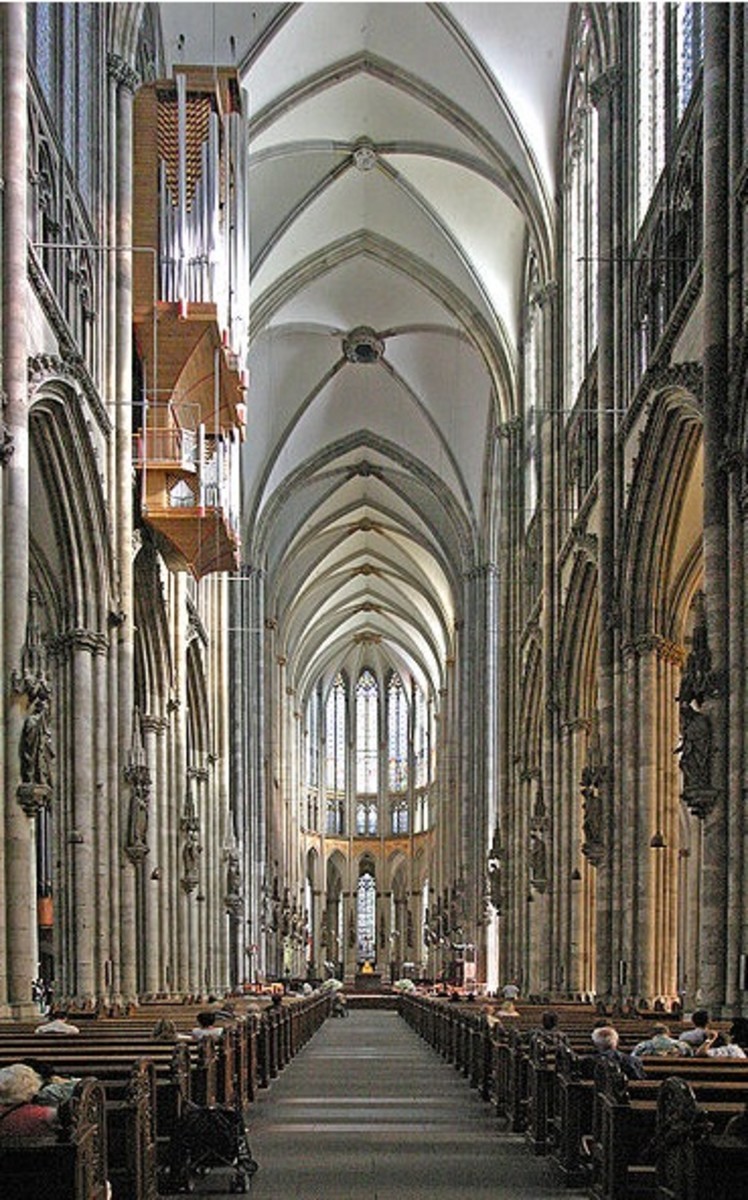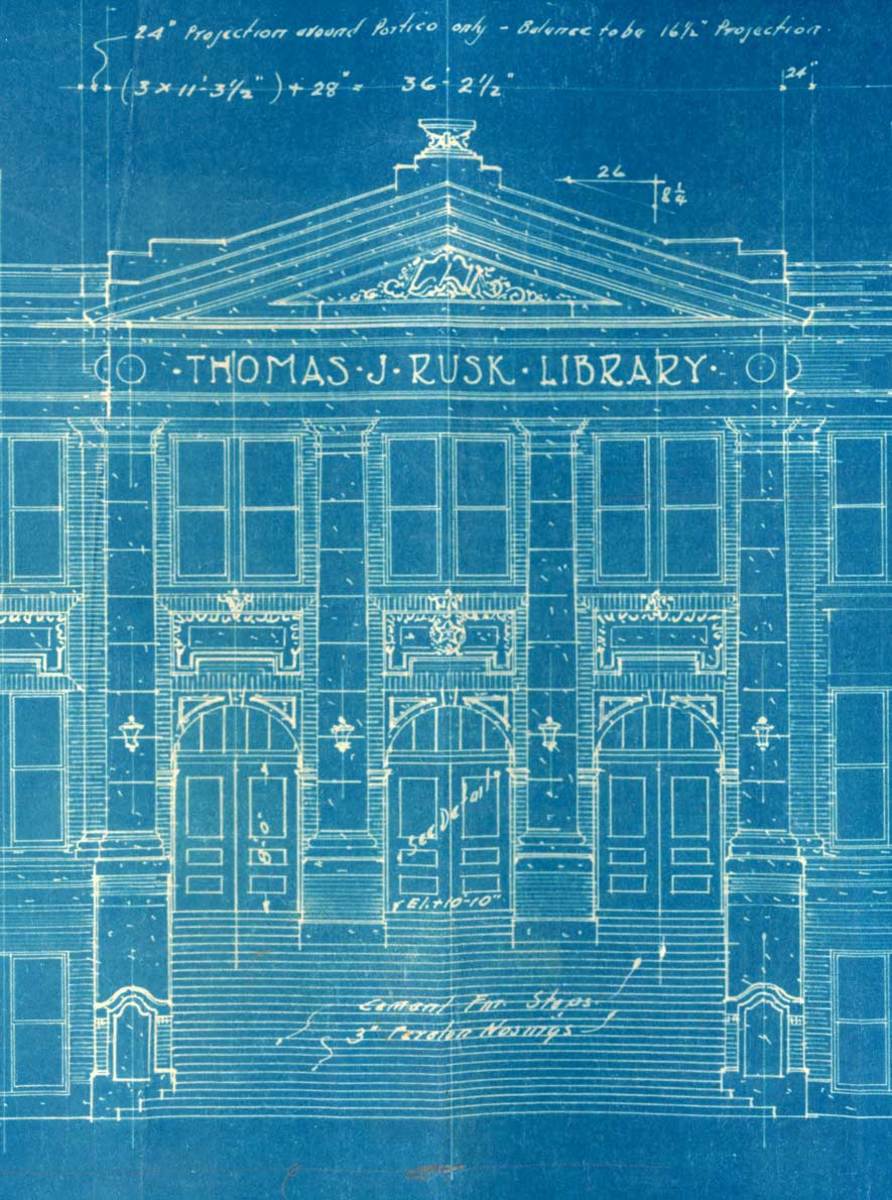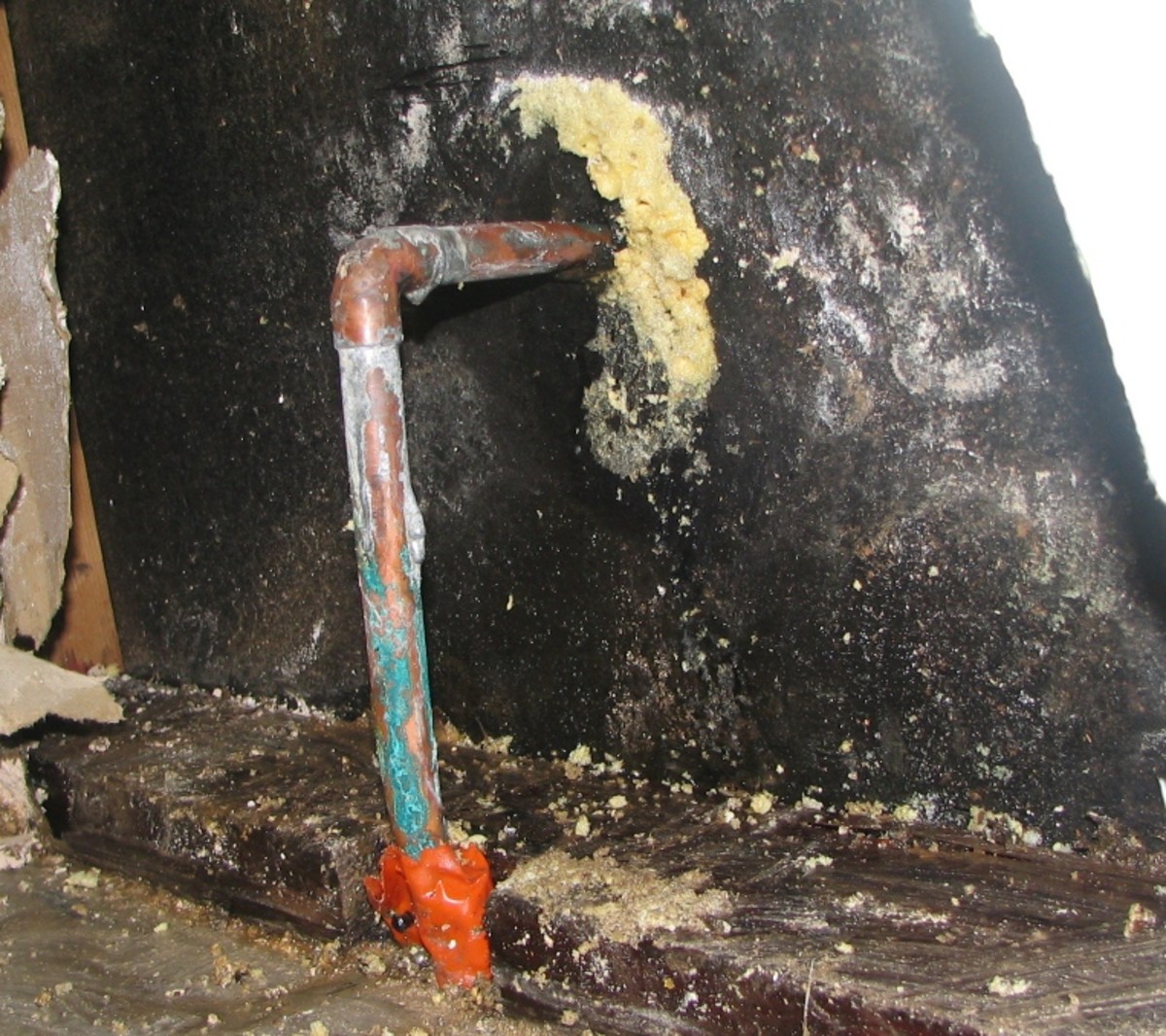Bronze Architectural Hardware: A Sustainable Alternative
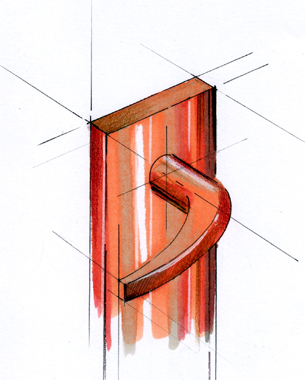
I'm sure that we can all remember hearing of The Bronze Age of long ago in our middle school or high school history class. But, despite the fact that The Bronze Age supposedly gave way to the Iron Age thousands of years ago, the use of bronze is as widespread as ever. Why not let this architect take you on a trip back into The Bronze Age, then forward again to the present, to address some of the sustainability issues of our collective future?
The Bronze Age prevailed throughout different parts of the globe from roughly 5,000 to 3,000 years ago, as different emerging civilizations developed or adopted the alloying of tin to copper to form the metal known as bronze. Bronze soon recommended itself as the material of choice for everyday items, from household objects like cups, bowls and urns, to tools, armor and weaponry. This alloy held obvious appeal for the ancients; it could be cast into detailed and delicate forms, and is a light but durable metal. Millenia later, we still admire bronze for its sheen, its high strength, its resistance to corrosion, and its durability. Its predominant uses today are for monuments, plaques, statuary and a variety of architectural and interior products.
Bronze is a better conductor of both heat and electricity than most forms of steel. Its resistance to corrosion is due primarily to the thin oxidized layer that quickly forms on the metal to further protect the remaining mass of the alloy. As a result, bronze will not continue to corrode or lose mass or bleed rust, as will steel or iron. Bronze outperforms steel particularly well in saltwater or salt-spray environments. It is also a less brittle metal than iron. Bronze can also be be seen as 'green', or environmentally attractive, as there are available many architectural products composed of high-grade recycled bronze. Furthermore, throughout its service life, unlike a number of other metals in common use, the alloy requires no cleaning, treating or maintenance with caustic or toxic chemicals.
Many of the world's best-known architects and interior designers have used bronze fittings, hardware, light fixtures and furniture — even wall cladding — to add that distinctive touch of quality, subtlety, and elegance, as well as a warm and rich human appeal.
While many particular alloys of bronze are available — each having its own particular mix and concentrations of metals — the most common are white bronze and silicon bronze. White bronze, which appears in a silvery, aluminum-like color (but which may range almost to the darkness of charcoal), consists of copper, plus manganese and zinc. Silicon bronze, which typically appears in a reddish, coppery or golden hue, consists of copper, plus silicon and zinc. But, over time, bronze fittings will each develop their own particular patina, as they are individually affected by manufacturing processes, finishing processes, time, climate, weathering and human touch.
Bronze is most significantly used in the manufacture of a wide variety of architectural hardware, consisting of hinges, locks, latches, bolts, hasps, escutcheons, deadbolts, knockers, kickplates doorstops, doorknobs, door pulls, and similar fittings used on doors, windows, cabinetry and furniture. It is also used in the fabrication of other decorative architectural elements, household items and light fixtures.
Check out rickzworld.
- Designing with Wire Mesh
The simplest mesh. by rlz Maybe you’ve only encountered architectural wire mesh in a banging screen door. Or perhaps, like many others, you’ve noticed the increasing use of wire meshes, screens and perforated metal panels in architectural... - Powder Coating: The Green Finish
Powder coat that railing! by rlz Tired of that really smelly enamel you last used on the lawn furniture? Wish there was a better environmental solution to those leftover paint cans in your garage? Let this architect show you why powder coating is... - Sustainable Commercial Buildings
Sustainable interior. by rlz Consider this: no matter how modern, high-tech or appealing our commercial buildings are, there may be far better ways to construct them, for us, for the planet, and for long-term profitability. Let this architect... - Sustainability: Green Roofs
Green roofs — roofs that consist in part of plant material —are called green, meaning environmentally friendly, for a variety of very important reasons. First, green roofs can capture rain- and snowfall, thereby reducing the roof’s eventual... - Insulated Concrete Forms in Design and Construction
Use these to speed and simplify construction, while adding insulative quality. - Insulated Metal Wall and Roof Panels
Insulated metal panels at work. by rlz A component for walls and roofs that is finding increasing popularity among architects and builders is the insulated metal panel, or IMP. At its most basic, an IMP is simply some form of insulation sandwiched... - Agricultural Fiber Panels in Architecture
Hay and straw into homes? by rlz Sure, you’ve heard the tale of the three little pigs, and how one of them decided to build his house of straw. But did you ever think that you might someday build a house of straw? And be practicing...

